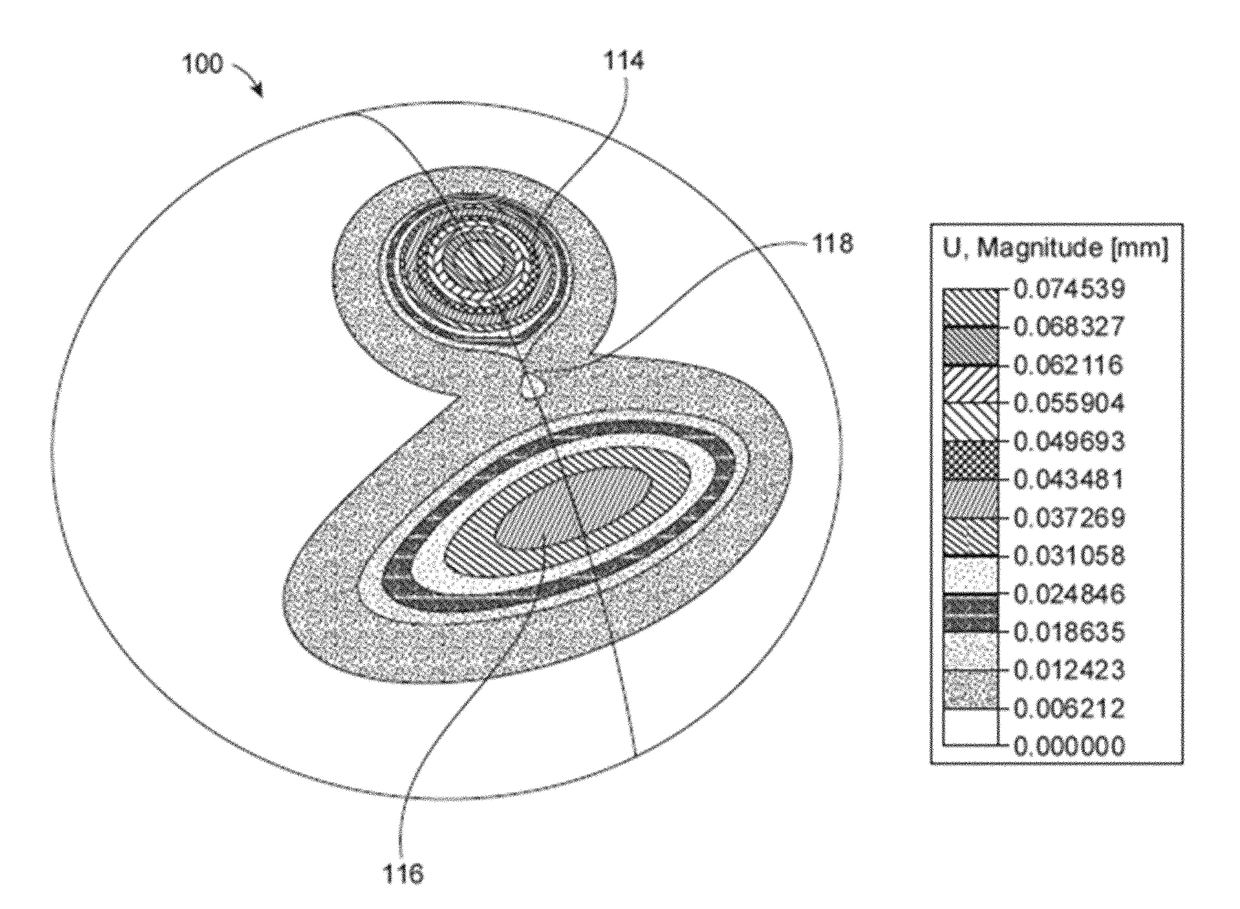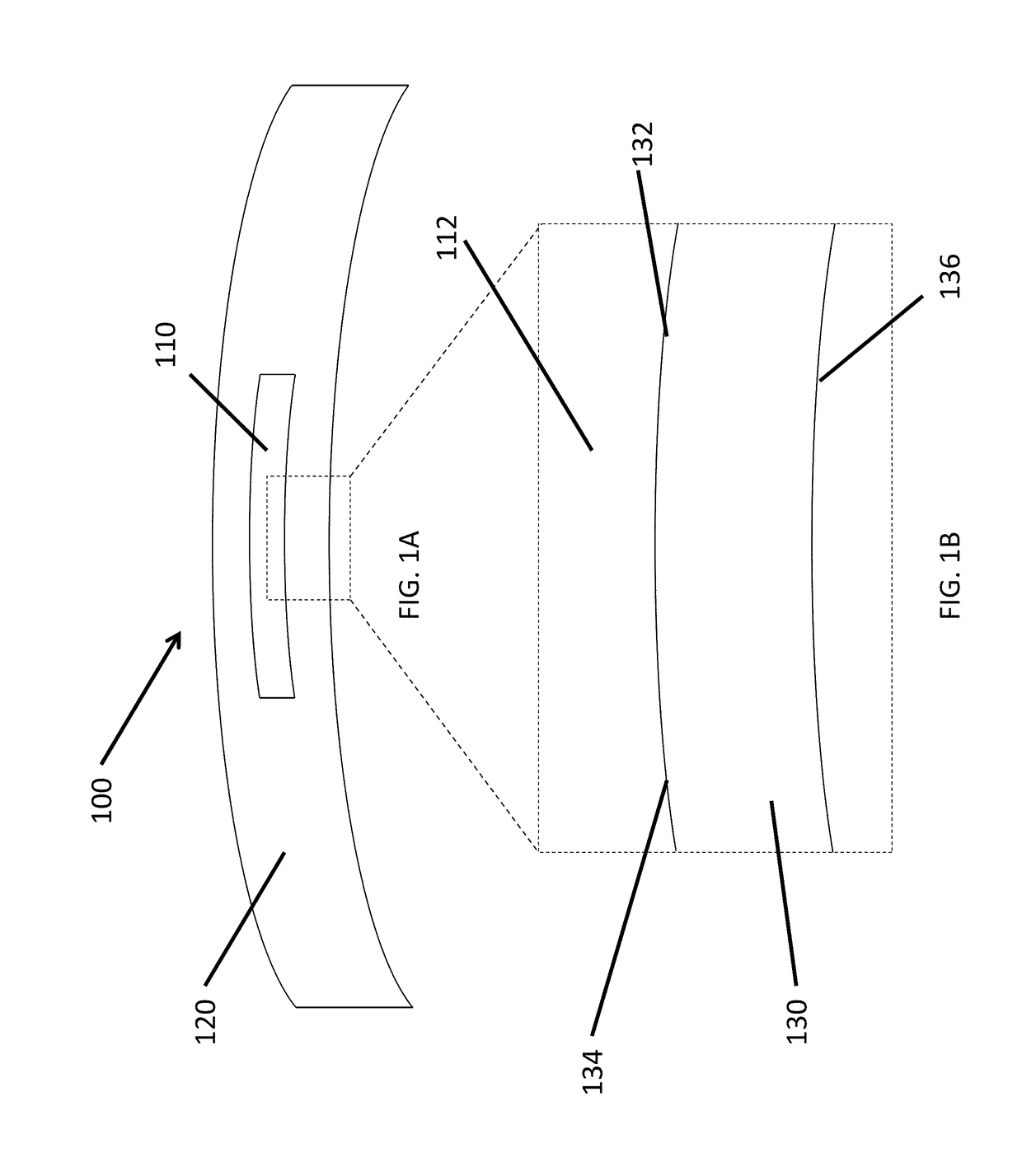Accommodating lens with cavity
a technology of housing and lens, applied in the field of housing lenses, can solve the problems of difficult manufacturing of contact lenses with internal fluidic structures such as chambers, easy wear and use, and poor optical performance of prior methods and apparatus for forming manufacturing lenses such as contact lenses, and achieve the effect of increasing optical power and optical power
- Summary
- Abstract
- Description
- Claims
- Application Information
AI Technical Summary
Benefits of technology
Problems solved by technology
Method used
Image
Examples
Embodiment Construction
[0209]The cavity lenses disclosed herein are well suited for combination with many prior art lenses, such as contact lenses. The cavity lens can be combined with accommodating soft contact lenses or accommodating intraocular lenses, for example.
[0210]A soft contact lens comprising a cavity filled with a liquid functions as a dynamic accommodating contact lens that provides the required refractive correction to presbyopes at all distances from far to near. The cavity comprises an optical chamber aligned with the optical center of the lens itself, and a peripheral chamber positioned vertically below the optical chamber and connected to the optical chamber by means of a channel. When fitted on an eye, the optical chamber of the cavity is positioned over the center of the pupil while the peripheral chamber is positioned to interact with the lower eyelid at down-gaze. Pressure from the lower eyelid forces fluid from the peripheral chamber into the optical chamber, causing the cavity to i...
PUM
 Login to View More
Login to View More Abstract
Description
Claims
Application Information
 Login to View More
Login to View More - R&D
- Intellectual Property
- Life Sciences
- Materials
- Tech Scout
- Unparalleled Data Quality
- Higher Quality Content
- 60% Fewer Hallucinations
Browse by: Latest US Patents, China's latest patents, Technical Efficacy Thesaurus, Application Domain, Technology Topic, Popular Technical Reports.
© 2025 PatSnap. All rights reserved.Legal|Privacy policy|Modern Slavery Act Transparency Statement|Sitemap|About US| Contact US: help@patsnap.com



